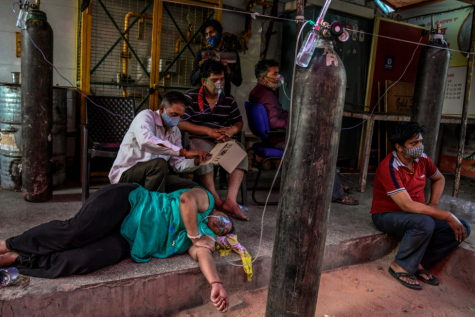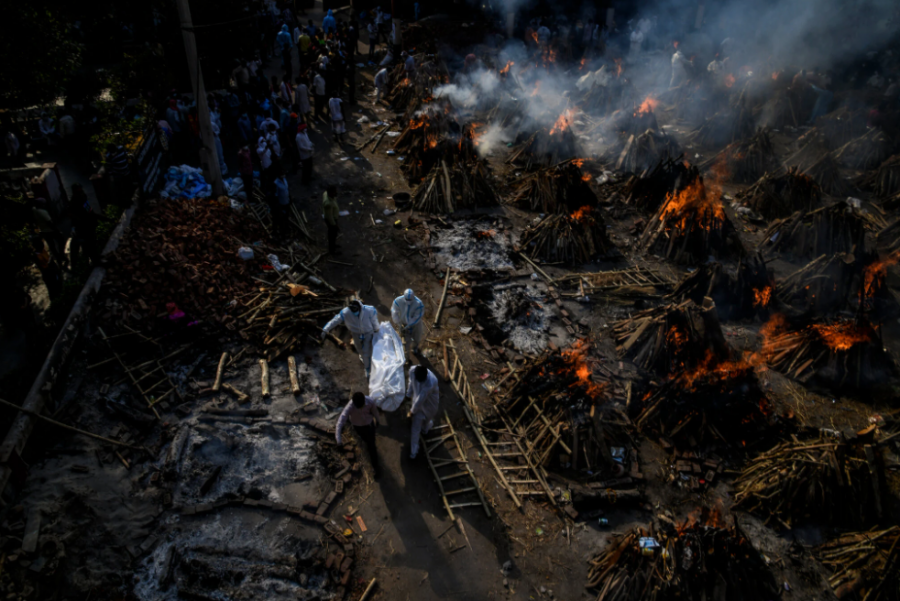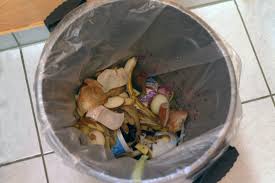Hanging on by a Thread – India’s COVID Crisis
“A mass cremation of those who died from Covid-19 at a crematorium in New Delhi on Monday.” Photo courtesy of Atul Loke.
Currently holding the record for the most number of infections per day, India is in a widescale COVID-19 crisis. The country is currently reporting up to 350,000 infections per day, which is more than any other country on the globe. With a shattering 36% positivity rate (New York Times), hospitals and crematoriums throughout India are at maximum capacity. The surge of new cases alongside the lack of necessary PPE, oxygen, hospital beds, and crematorium space has made it nearly impossible to help save lives.
“Help India Breathe” has been a phrase recently floating around the Internet, in reference to the lack of liquid oxygen available for COVID patients. Many are gasping for air, taking their last breaths, and passing away due to a lack of oxygen. CNN reported that “On April 20, in his address to the nation, Modi said the government was working to deliver 100,000 new oxygen cylinders to states, and that it was suspending all oxygen use for industrial purposes to free up supply for medical use.” The simple notion of the pandemic’s needs taking precedence over industrial business displays the intensity of the issue.

New Delhi, the capital of India, is one of the areas hit hardest by the second wave. In March 2021, cases slowly began to increase; although vaccinations were already underway (CNN), people underestimated the severity of the pandemic and began to relax protocols such as social distancing. In comparison to 2020’s first wave, in which the main concern was the elderly population, CNN reports that most young adults and individuals are being impacted by this second– seemingly without explanation. Speculation suggests that it could be due to new variants, but there is no scientific evidence to support any single idea just yet.
India is an especially vulnerable country due to its densely populated nature of 1.4 million inhabitants. A New York Times article by Jeffery Gettellman points out that the majority of these areas are poor, which has many implications on the recent data. Unlike many individuals that have the resources and money to send their loved ones to a hospital, research predicts that the average number of COVID deaths in India is not accurate; it is likely that there were many more uncounted deaths in areas that did not have the resources to diagnose the sickness as COVID or the option to get to a hospital for help.
India is currently hanging on by a thread. With the influx of cases and deaths arising every day, the country is in desperate need of international assistance. What can you do? Many organizations have created portals for individuals who care to donate to India’s cause. The Biden administration and the U.S. Department of Defense have stated that they will be working together to send materials to India, and despite the fact that “The US has a temporary ban in place on exporting raw materials critical for vaccine production… the White House announced it would partially lift it by identifying ‘specific raw material urgently required for Indian manufacture of the Covishield vaccine that will immediately be made available for India’” (CNN). Support for India and its people at this time is crucial.
*All photos were taken by Atul Loke and captions from the New York Times.

Anjali Shah is currently a senior at Mendham High School. In school, Anjali acts as Student Producer for the Mendham Players. She is also a Peer Leader,...








